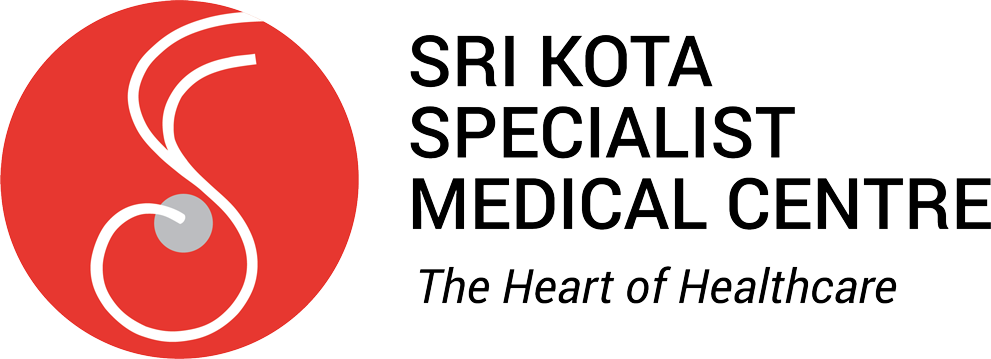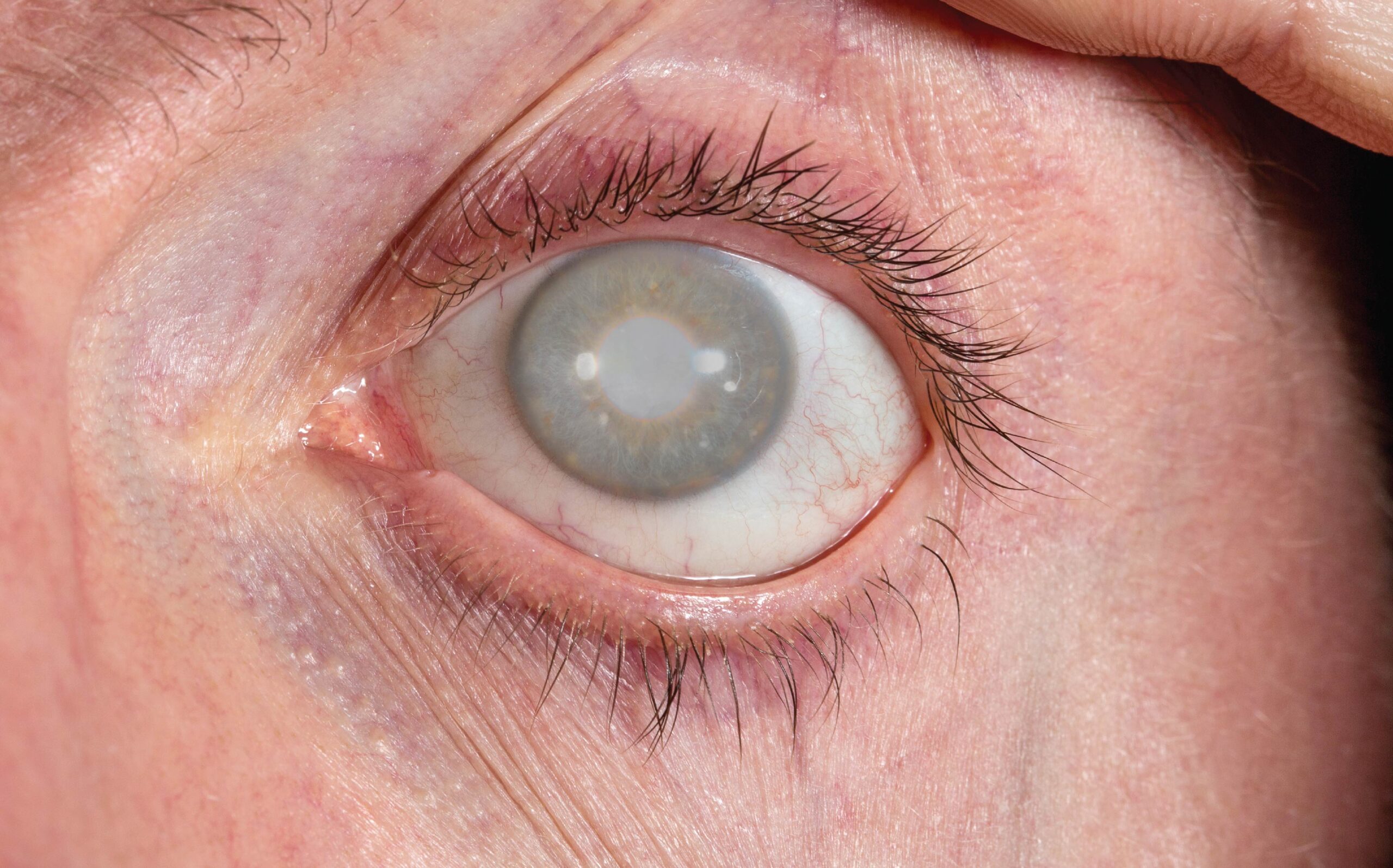What is cataracts?
Cataract is a gradual opacification of our natural crystalline lens. It is usually a normal, gradual aging process that will eventually occur in everyone as we age. However, certain conditions can hasten the progress of cataract such as diabetes. Some children may also be born with conditions resulting in congenital cataract (Yes, children can also get cataracts!). Significant trauma to the eye can also result in traumatic cataracts. These cataracts will cause blurring of vision and if left untreated, can even lead to blindness.
How does early detection play a crucial role in preventing blindness caused by untreated cataracts, especially among the aging population in Malaysia?
As part of the ground crew for the National Eye Survey II, we encountered many people who had poor vision primarily due to cataract. This is an easily rectifiable cause of blindness. Cataract surgery can be done as soon as vision is compromised. Doing surgery at an earlier stage can also prevent many complications from occurring such as weakness of the bag in the eye. It is important to not wait too long, especially in the elderly.
Could you elaborate on the importance of regular eye examinations, particularly for individuals aged 50 and above, in reducing the prevalence of visual impairments and blindness?
Going for regular, annual eye assessments or being aware of your eye health, is important for early detection of many other eye diseases, such as diabetic retinopathy and glaucoma. Very often, these diseases do not show any symptoms until later stages. Early detection and subsequent intervention can help prevent debilitating vision and blindness.
What are some common misconceptions or myths surrounding eye health that you often encounter in your practice, and how can these be addressed to promote better awareness?
A common misconception is that, as long as a patient can see well, there is nothing wrong with their eyes. This, as said before, is untrue for diseases such as retinopathy or glaucoma, among others, which rear their heads only in later stages.
Another misconception is that, young people do not have eye problems. Eye diseases are many and can affect patients from all ages and walks of life. The eyes are the windows to our souls, quite rightly so, as many diseases can be seen in our eyes.
In what ways can the healthcare system in Malaysia further support initiatives to raise awareness about the significance of comprehensive eye care and encourage proactive measures among the population?
Most patients after the age of 50, will eventually have eye problems, be it presbyopia, dry eyes, retinopathy or glaucoma among others. It is important for us to reach out to to all those who need eye care no matter near or far. To do this, more outreach programmes need to be initiated.
Besides that, eye care and health should start from young, especially in this age and time where use of electrical gadgets are so rampant. Our young need to be educated from early on to prevent eye diseases such as refractive errors and dry eyes. After all, prevention is better than cure. Parents should also be made more aware of the affects of over usage of electrical gadgets and ensure they take their children for eye assessments as well, as children may not realize if or when they do have a problem.
by Dr Andrea Lillianne Barr Kumarakulasinghe, Consultant Ophthalmologist

